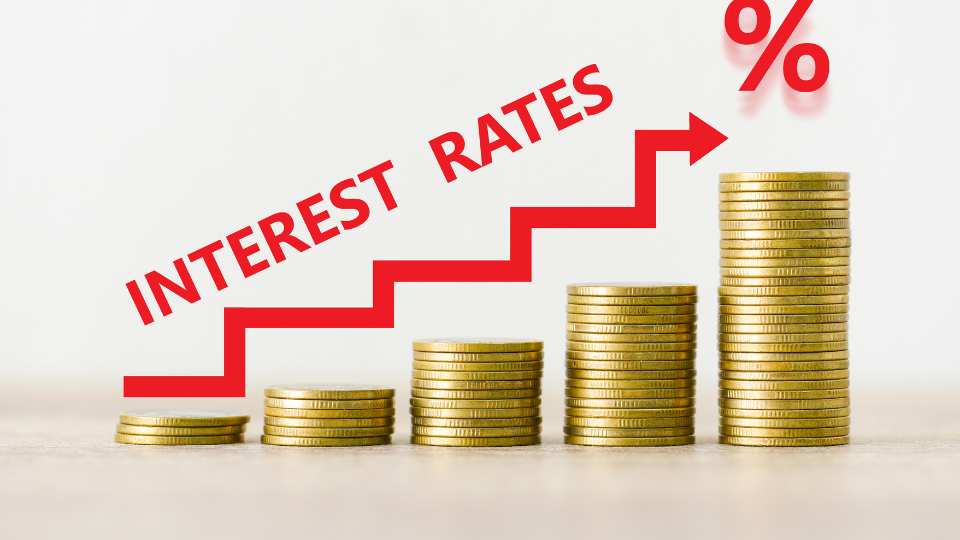Interest rate risk is the risk that changes in interest rates will affect the value of investments in the capital markets. This risk is particularly relevant for fixed-income investments such as bonds, where the value of the investment can be affected by changes in interest rates.
For example, if an investor buys a bond with a fixed interest rate of 5% and interest rates subsequently rise to 6%, the value of the bond will decrease because the fixed interest rate is no longer as attractive as the higher prevailing interest rates. Conversely, if interest rates fall to 4%, the bond will increase in value because the fixed interest rate is now more attractive than the lower prevailing interest rates.
Investors can manage interest rate risk in several ways, including:
- Diversification: Diversifying investments across different types of fixed-income securities, such as bonds with varying maturities or different credit ratings, can help to spread the risk and reduce exposure to any one security.
- Interest rate hedging: Investors can use interest rate hedging strategies, such as interest rate swaps or futures contracts, to protect against changes in interest rates and minimize the impact on their investments.
- Active management: Actively managing a fixed-income portfolio by monitoring interest rates and making changes to the portfolio in response to changing market conditions can help to minimize interest rate risk.
- Duration matching: Duration is a measure of a bond’s sensitivity to changes in interest rates. Matching the duration of a fixed-income investment to the investor’s time horizon can help to reduce interest rate risk.
- Consider floating rate securities: Floating rate securities, such as floating rate bonds or bank loans, have interest rates that adjust periodically based on a benchmark interest rate. These securities can be an effective way to manage interest rate risk because their interest rates adjust automatically in response to changes in market interest rates.

Overall, managing interest rate risk requires a combination of strategies tailored to an investor’s specific needs and objectives. It is important to consider the risks and benefits of each strategy before making any investment decisions.

